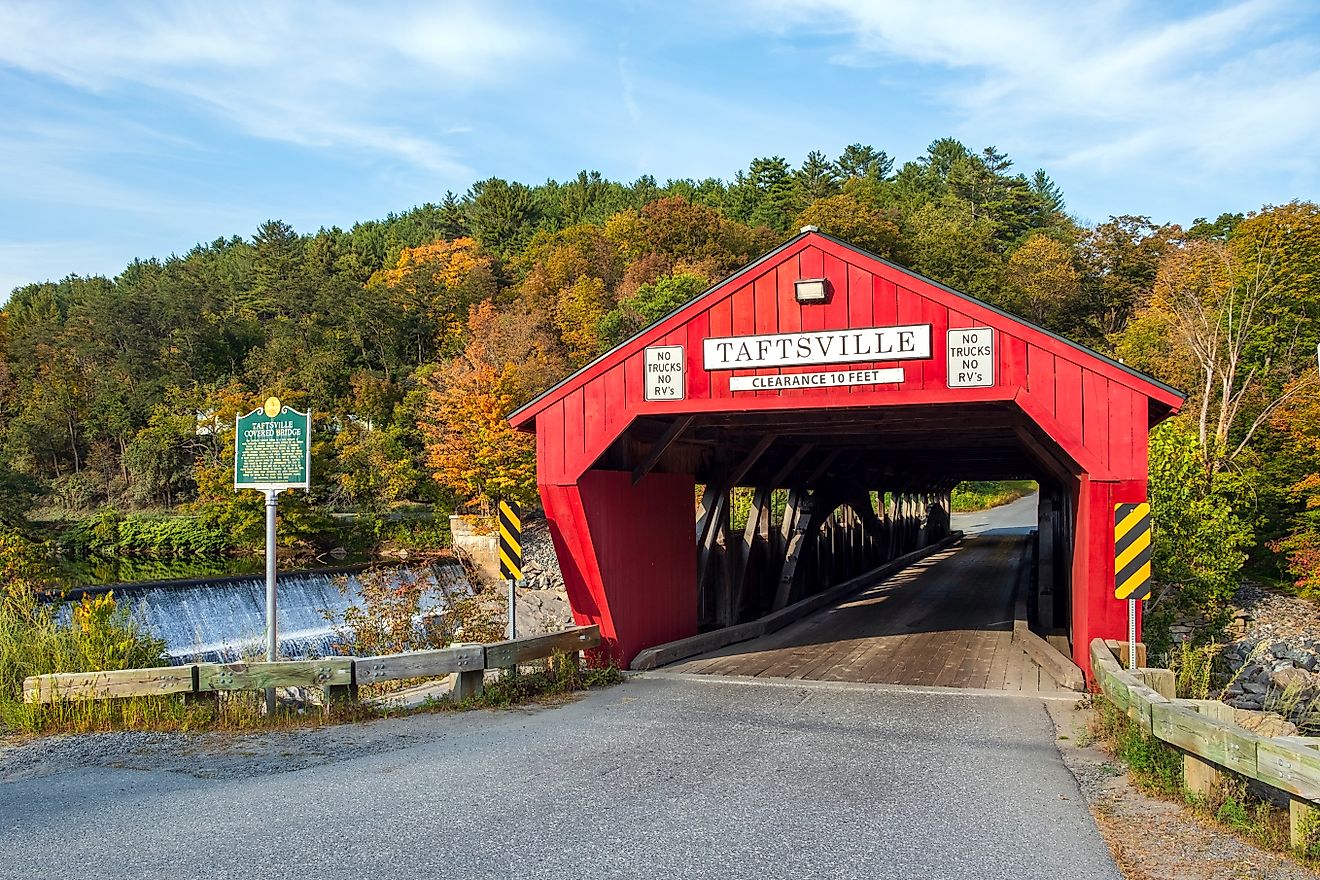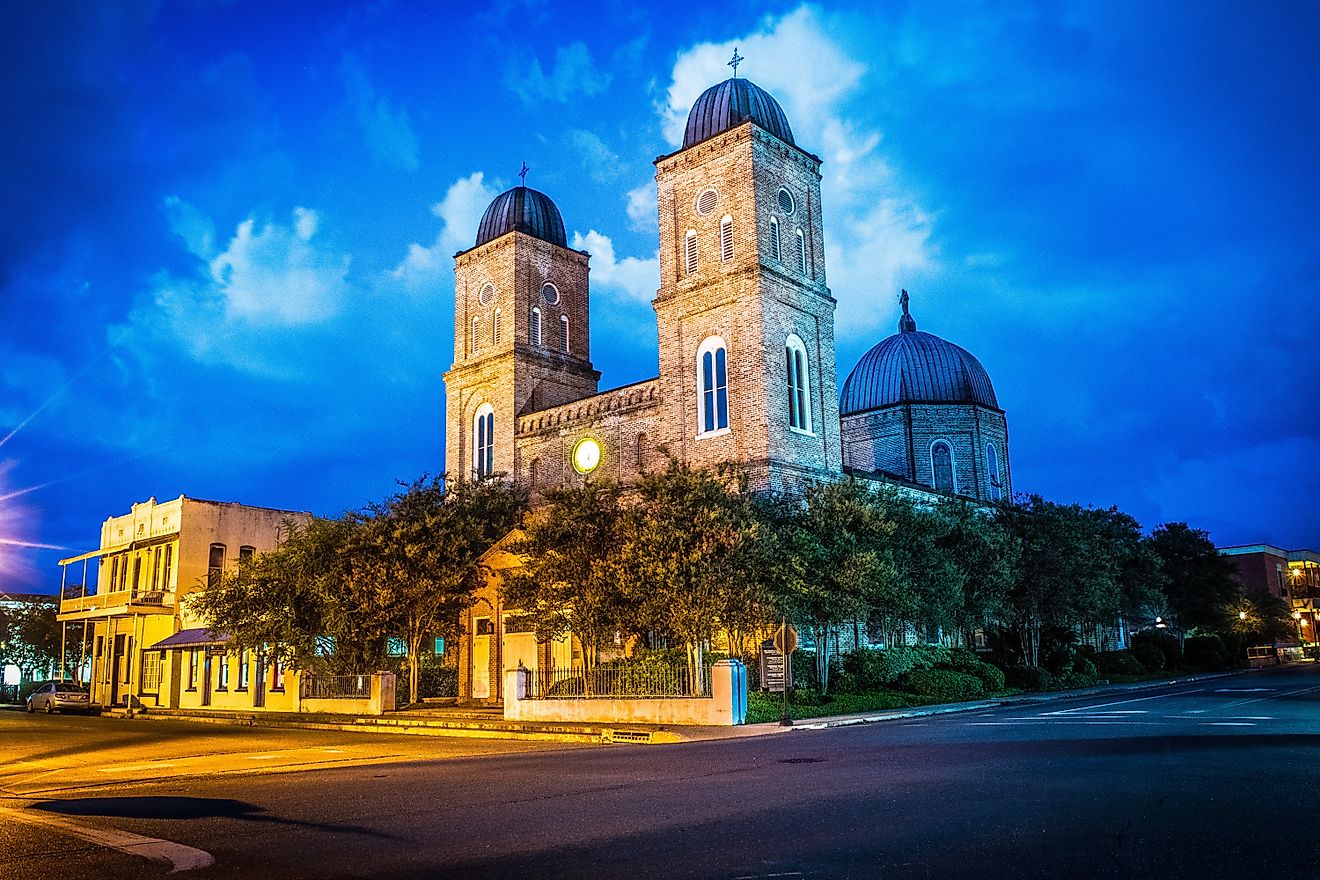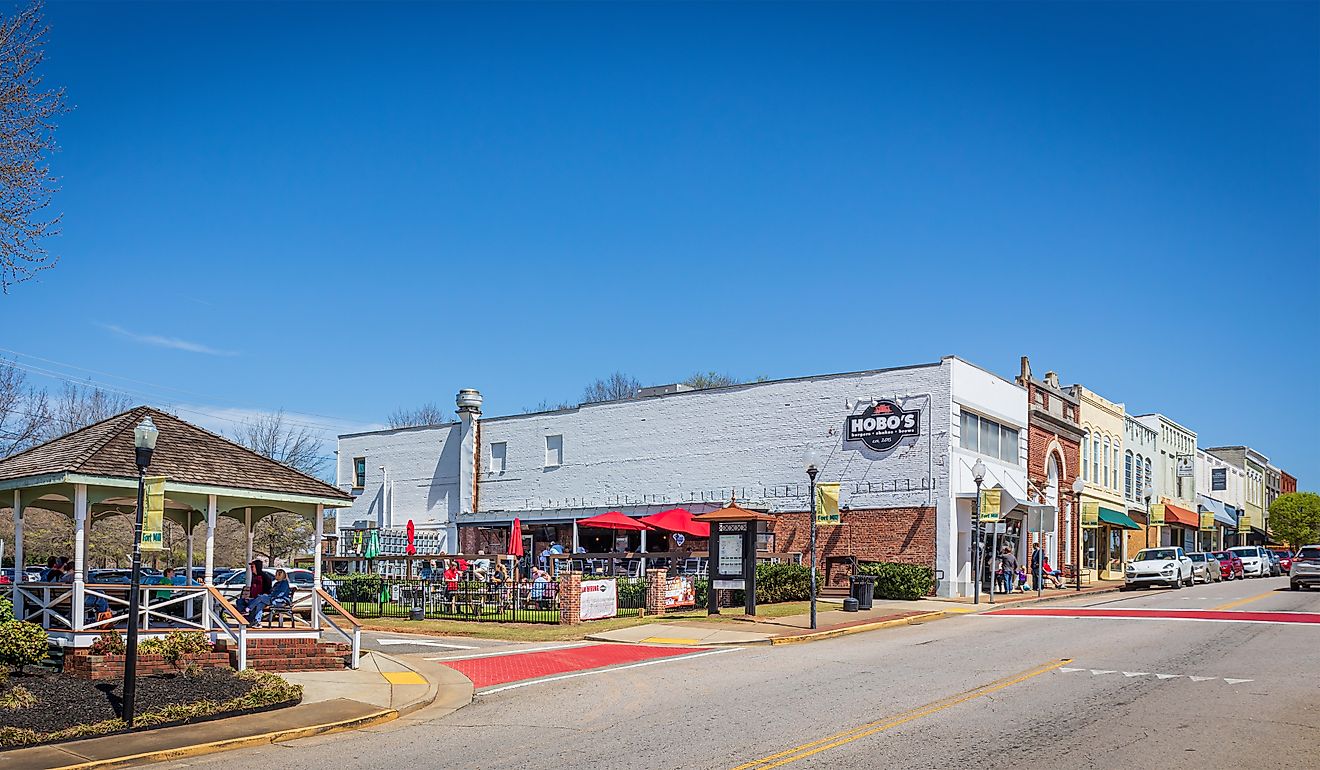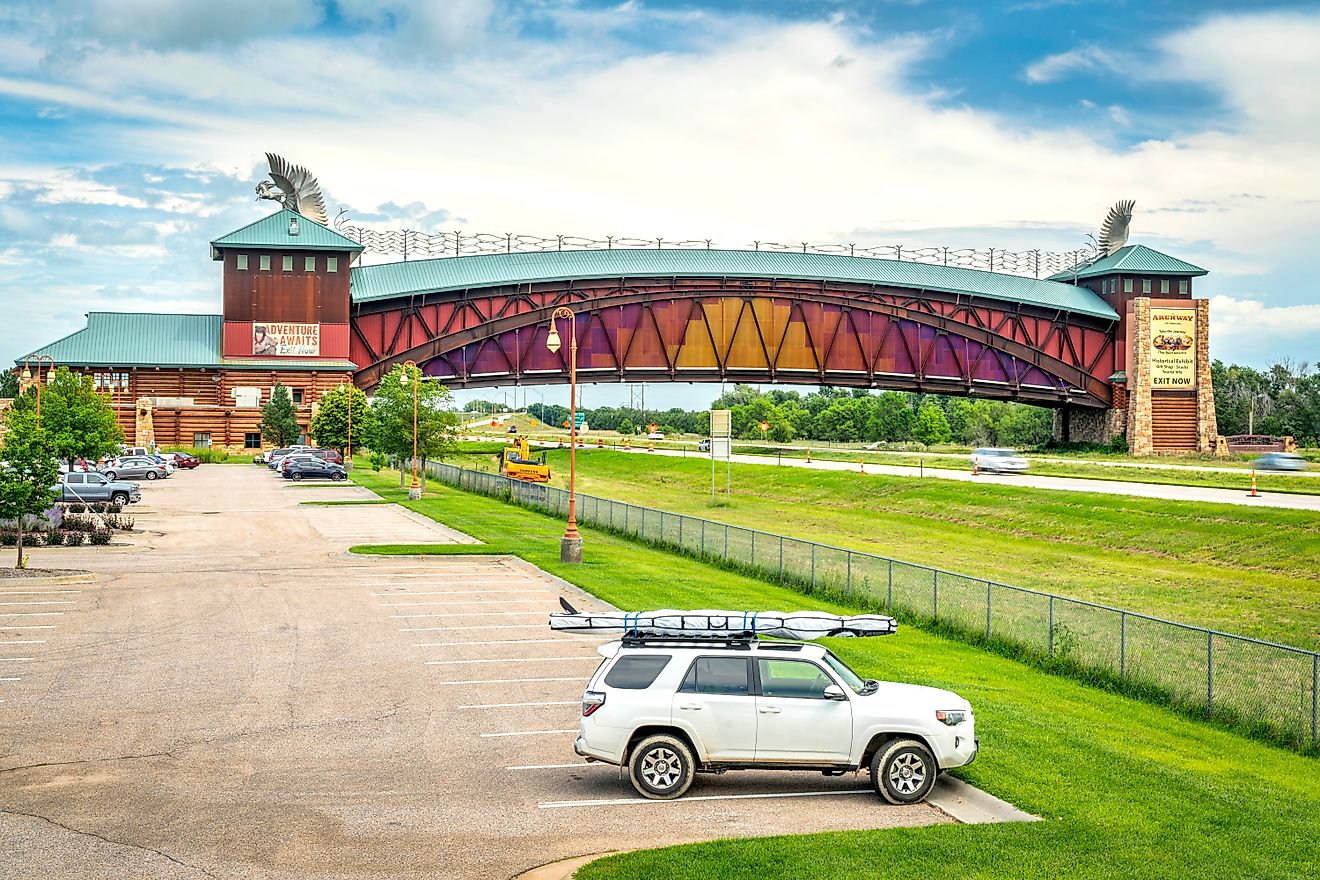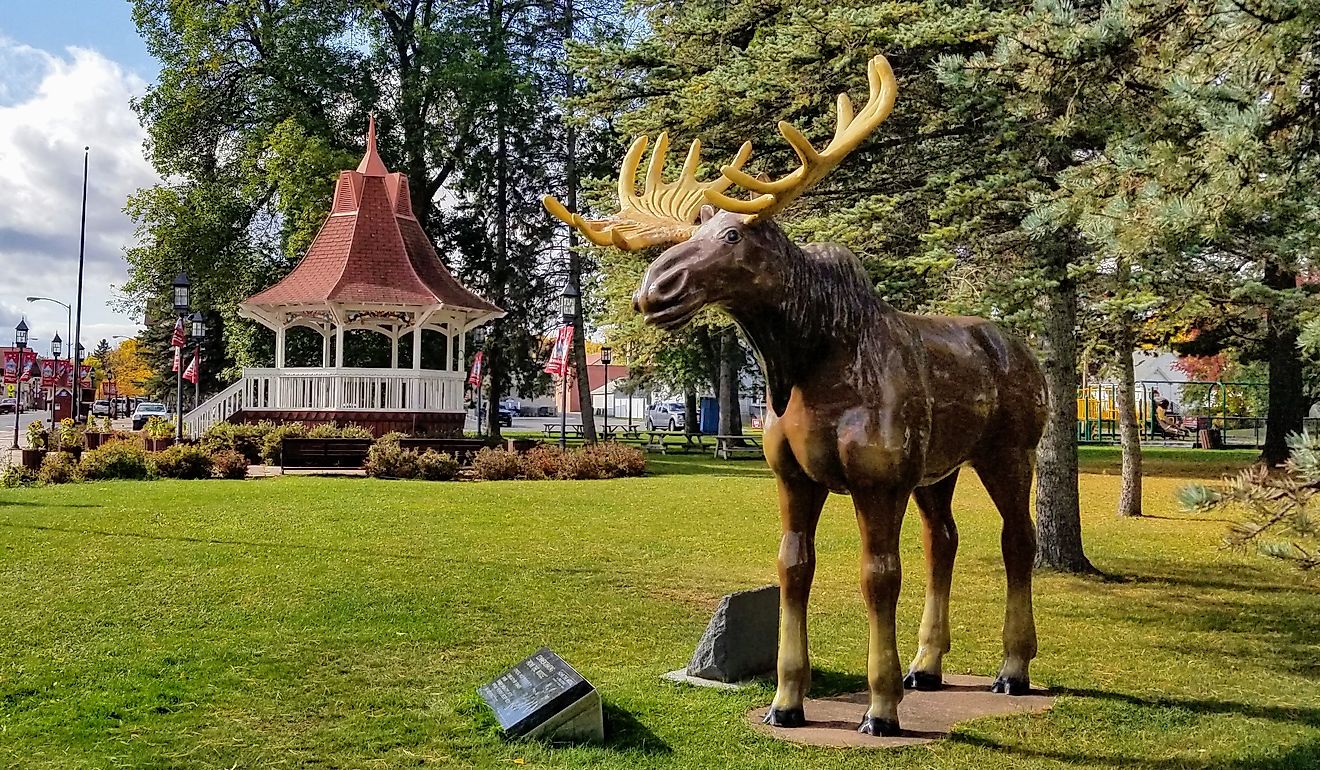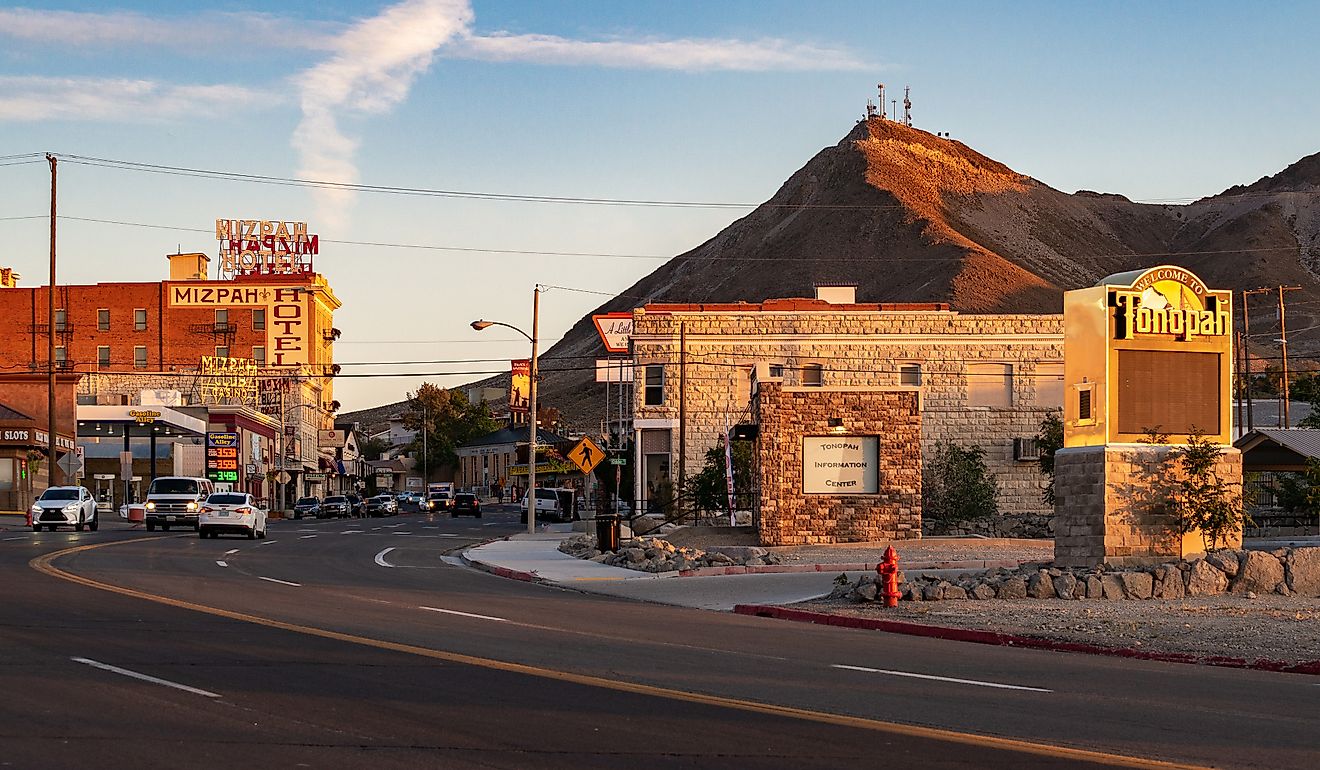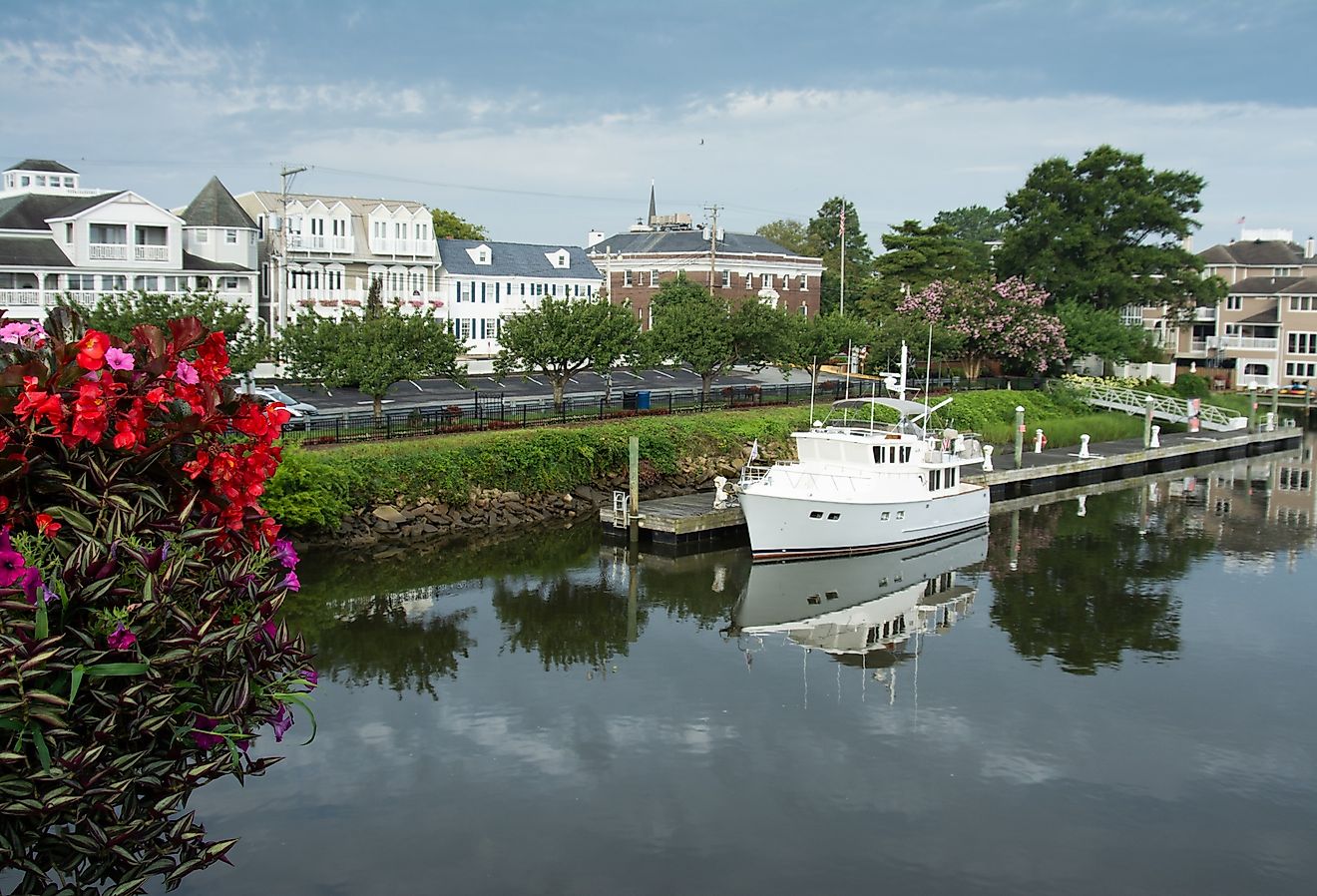
Hawaiʻi Volcanoes National Park
Hawaii Volcanos National Park is located southwest of Hilo, Hawaii, United States of America. The park was established in 1916 and covers an area of 1,308 square km. Kilauea and Mauna Loa, two active volcanoes, are in the park, only 40 km apart. The park was designated as an International Biosphere Reserve in 1980 and a UNESCO World Heritage site in 1987.
Highlights Of The Hawaiʻi Volcanoes National Park

The Hawaii Volcanoes National Park embraces the summits of the two most active volcanoes globally. Mauna Loa is the largest volcano globally and is located in the south-central part of the island. Its bulk extends upward about 5 km from the ocean bottom and rises an additional 4.2 km to an elevation of 4,169 meters above sea level. Mauna Loa covers half of the island and is a shield volcano. The volcano has erupted some three dozen times since its first well-documented eruption in 1843. Its summit caldera is approximately three by five km in diameter and 180 meters deep. Mauna Loa has occasionally been active, displaying eruptions from fissures in its flanks and its caldera. In 1881, a flank lava flow entered the outskirts of the city of Hilo originated from the northeastern side of the volcano. In 1950, lava from the volcano's southwestern rift zone went down and took less than three hours to reach the ocean at a speed of 9.3 km per hour. The volcano's recent eruption was in 1984, following earthquake activity beneath the volcano.

Kilauea, also known as "the world's only drive-in volcano, is considered the world's most active volcano and lies east of Mauna Loa. It occupies one-seventh of the island of Hawaii (southeast) and rises about 1,250 meters above sea level. Like Mauna Loa, Kilauea is also a shield volcano, with a summit caldera about the same size as Mauna Loa's but not as deep. The most active vent of the volcano is Halema'uma'u Crater, located within Kilauea's caldera. In 1924, a sequence of steam explosions ejecting lava and ash followed the abrupt draining away of Halema'uma'u's active lava lake. Sporadic eruptions at Halem'uma'u Crater followed, including a four-month eruption in 1952. Subsequent eruptions have occurred in the volcano's east rift zone and became continues beginning in 1983. It started with the Pu'u O'o vent, located in the southeast of Kilauea's caldera on the national park's boundary, producing lava fountains that reached 470 meters in the air. In 1986, the eruption shifted 3 km to the northeast of Pu'u O'o to the new Kupaianaha vent, which produced lava that flowed and eventually reached the ocean.

In 1990, the entire historic community of Kalapana was buried by lava. In 1992, the flowing lava shifted back to the Pu'u'O'o, flowing through an 11 km lava tube system reached the ocean in 1997. This eruption continued until the early 21st century, by which time Hawaii's southern shore gained some 200 hectares of new land. 2018 has also witnessed a series of eruptions in the east rift zone, which opened several fissures that cut across residential neighborhoods, releasing clouds of sulfur dioxide gas and lava. One of the explosive eruptions sent a plume of volcanic ash some 9,410 meters into the air.
The park also includes a desert, a region of unusual lava formations in the rain shadow of Kilauea, a tree fern forest, and the museum at the park headquarters.
Visiting Hawaii Volcanoes National Park

There are two drive-in campgrounds within the park in addition to multiple options for backcountry camping. Visitors can elect to stay in a tent, RV, camper, or even rustic camper cabin at one of the sites. Visitors view the dramatic volcanic landscapes while discovering 241 km of hiking trails through volcanic craters, rainforests, and scalded deserts.
Wildlife In The Park

The exceptional natural diversity of the park was recognized when it was named a World Biosphere Site by UNESCO. An amazing variety of plants grow in the Hawaii Volcanoes National Park. At the park's mid-elevation, blazing blooms of ʻōhiʻa trees and towering fronds of giant hāpu'u, a tree fern, rise amid a tangle of a misty rain forest. Twenty-three species of endangered vascular plants grow in the park, including 15 species of endangered trees. The rich tapestry of wildlife includes nesting sea turtles along the beaches and thousands of birds species that reside in the canopy of the treetops. Wildlife species include wild goats, mongooses, and pheasant and quail.





